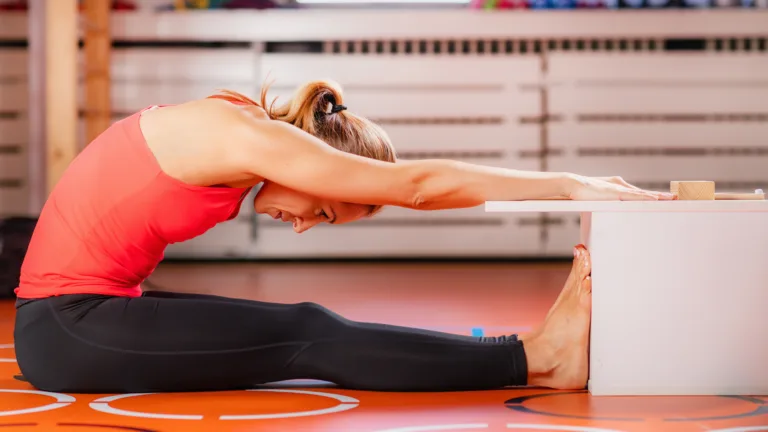
Sit and Reach Test
The sit and reach test is used to evaluate the degree of movement available at both the hamstring and lower back.

The sit and reach test is used to evaluate the degree of movement available at both the hamstring and lower back.
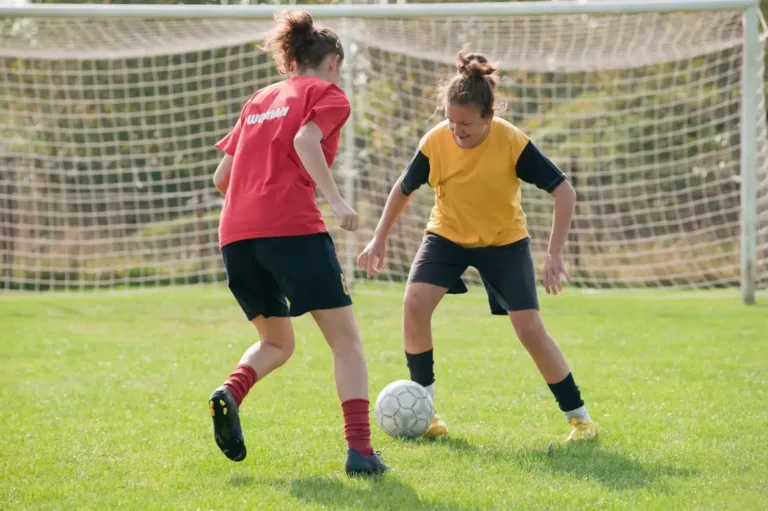
Women’s participation in football is booming. However, much less is known about the strength and conditioning (S&C) support that women get in comparison to men.

Youth development is highly complex and involves multiple key stakeholders. But how can coaches, teachers and youth athletes themselves best work together?
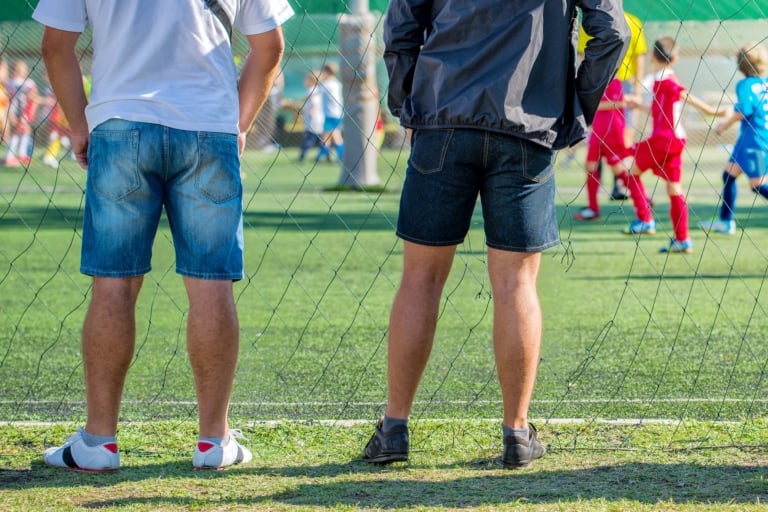
Despite the plethora of research surrounding talent identification, few studies, if any, have investigated if successful players make consistent improvements in their performance, or start and remain on top of the talent pool.
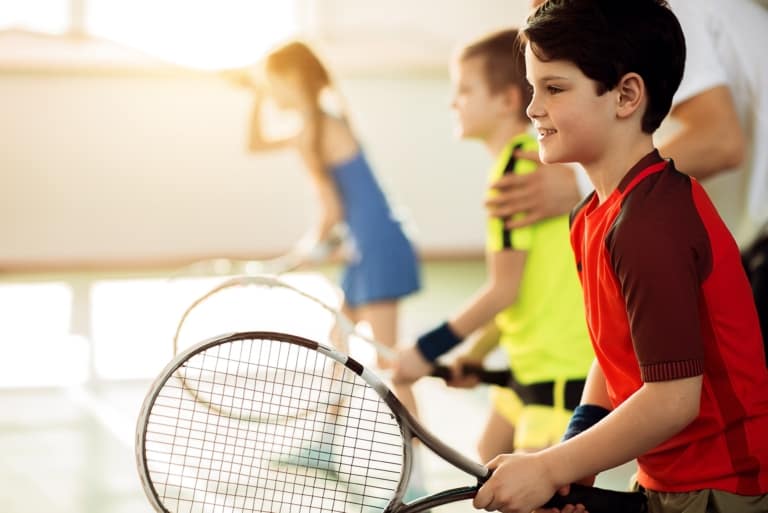
Early specialisation is one of the hottest debates in youth development circles. But what is all the fuss about, and which path is preferable?

An investigation of the asymmetries present in young tennis players during a fitness testing battery.
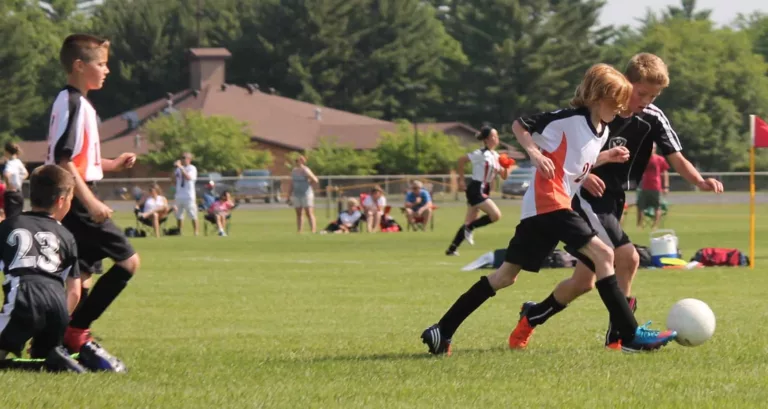
Does bilateral and unilateral training enhance performance characteristics, and which training method is potentially more effective.

The effects of a block periodised model (BLOCK) versus daily undulating periodisation (DUP) on both anthropometric and physical qualities.
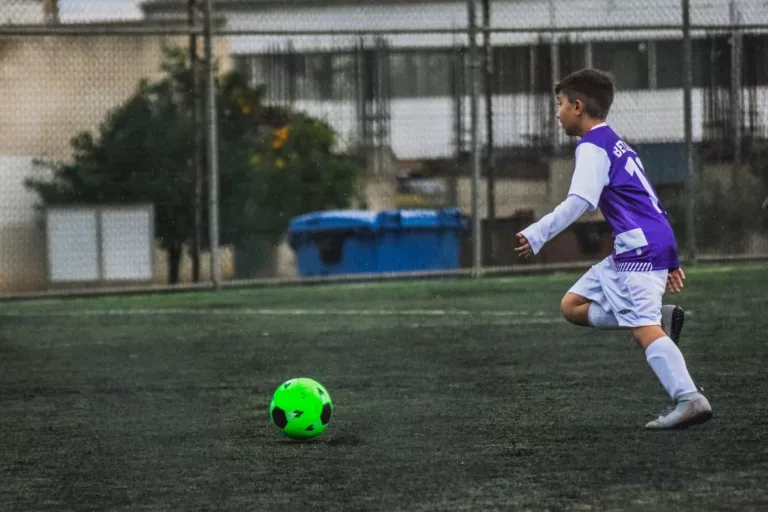
How multidirectional plyometrics impact jump height, change of direction, and dynamic postural control in young children.
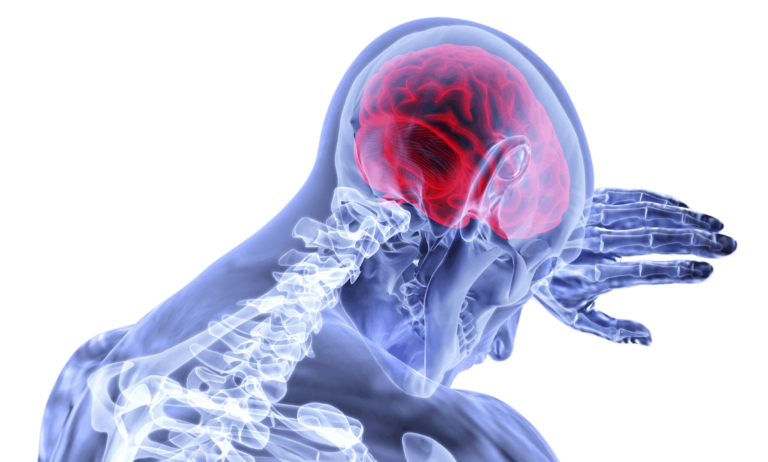
This review looks at the effectiveness of a 6-week neck strength programme for the prevention of neck, head and concussion injuries.
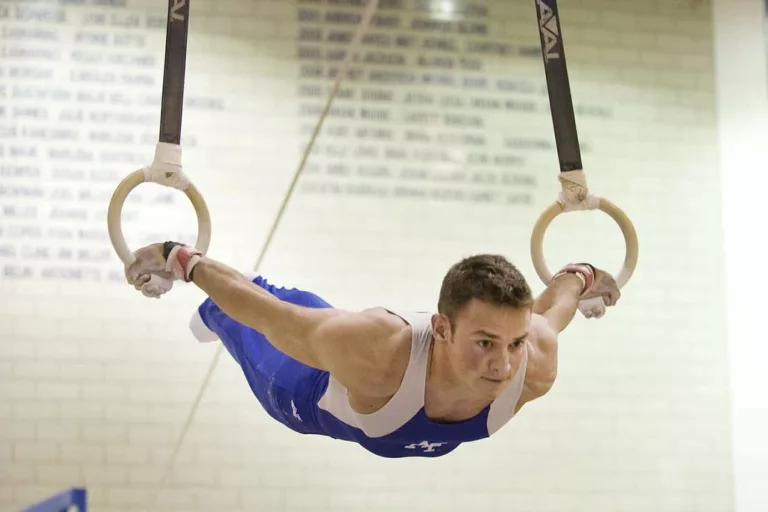
What the kids have to say early sport specialisation Your weekly research review Contents of Research Review Background & Objective What They Did What They Found Practical Takeaways Reviewer’s Comments About the Reviewer … Read more

Bio-banding is a way of grouping athletes based on physical maturity, but what do the athletes themselves think of it?

How general and soccer specific motor coordination and performance changes in relation to chronological age and maturation status.

Early specialisation is when a child focuses on training and development in one sport only, but there are downsides.

The relative age effect is when children born in, or close to, a critical age cut-off period may have a sporting and academic advantage.

Learn from a world-class coach how you can improve your athletes' agility. This course also includes a practical coaching guide to help you to design and deliver your own fun and engaging agility sessions.
Get Instant Access